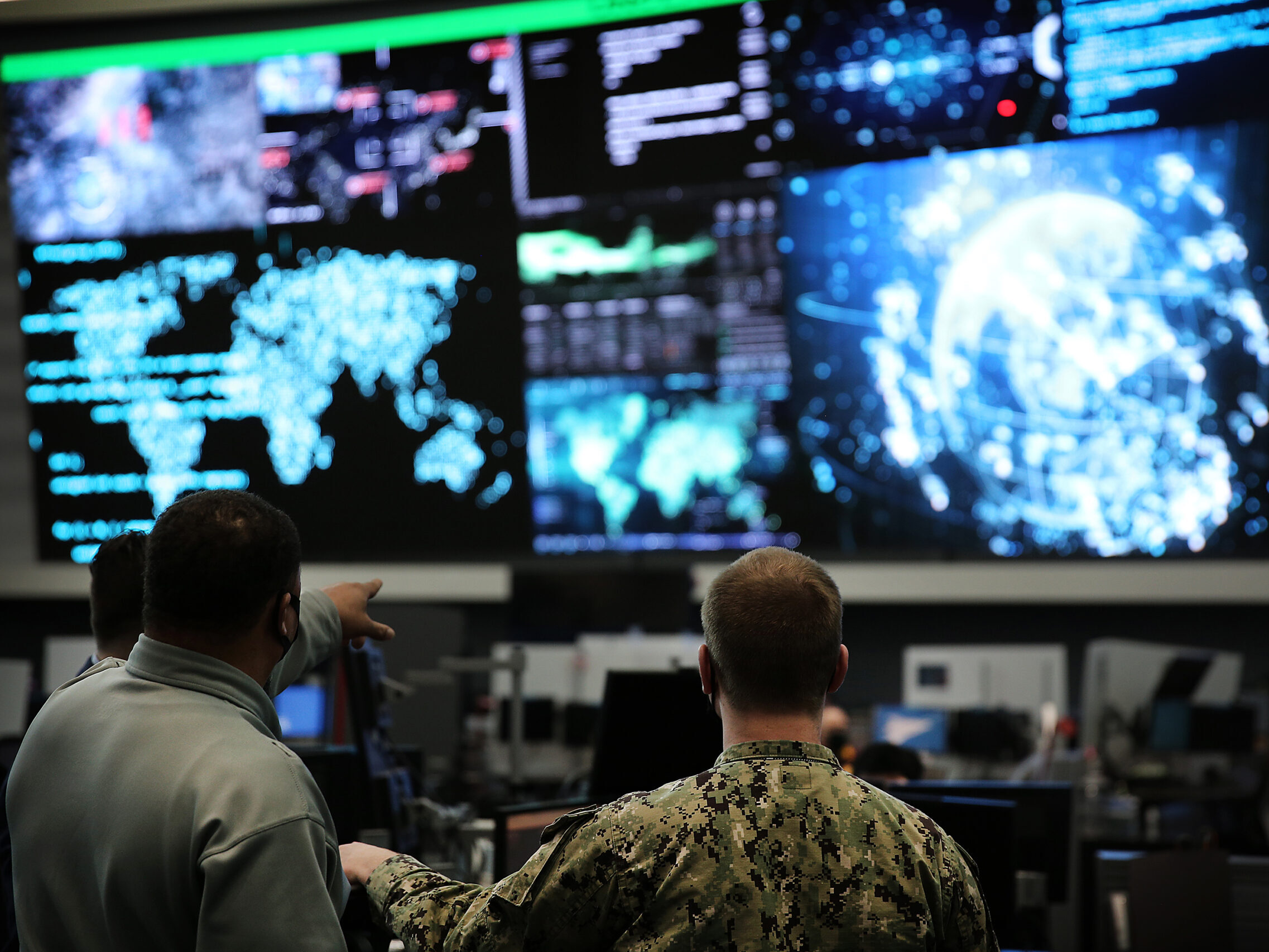Russia’s illegal annexation of Crimea in 2014 and the full-scale invasion of Ukraine in 2022 have had strategic consequences far beyond the region, showcasing the complexities of modern conflicts, where conventional battles are intertwined with cyber warfare, information operations, and hybrid tactics.
No doubt, Russia’s actions have reshaped the global geopolitical landscape. Yet NATO’s capability to adapt has been central and the basis for its sustained relevance and success as an alliance since its founding in 1949. And now, seventy-five years later, NATO continues to lead in learning and evolving to address emerging challenges in the future operating environment.
As with past conflicts and Russia’s evolving war against Ukraine, NATO’s mechanisms for lessons learned and transformation serve as a critical means to adapt and prepare the Alliance to counter every aggression in the future.
But how does NATO, with thirty-two member nations, learn lessons? While NATO’s internal learning process is informed by its members and their own experiences, the situation in Ukraine now demands the ability to learn lessons from others’ experiences. In short, this external learning process is achieved by Alliance-wide lessons sharing and collecting through a dedicated NATO lessons-learned portal. These national observations and experiences are collected, evaluated, consolidated, and then transformed into actions to be applied in NATO’s activities to transform, adapt, and prepare for the future.
The organization’s military learning and adaptation process is strategically led by Allied Command Transformation (ACT) in the United States in Norfolk, Virginia, with a dedicated subordinate command as the Alliance’s center for enabling and supporting the NATO lessons-learned policy and capability: the Joint Analysis and Lessons Learned Centre (JALLC) in Lisbon, Portugal. By systematically collecting reports from open sources, partners, and allies, and sharing them in the NATO lessons-learned portal, all member nations can benefit. A dedicated analysis team gleans insights from the vast amount of data to enhance NATO’s understanding of Russia’s war against Ukraine, and thus, where applicable, inform and influence the development of new strategies, doctrines, and training programs. Recently, JALLC is also benefiting from inputs delivered by a Ukrainian nongovernmental organization focused on analysis and training.
NATO’s decision to establish the NATO-Ukraine Joint Analysis Training and Evaluation Centre (JATEC) will soon play another crucial role in ensuring that NATO remains informed, agile, adaptable, and effective in addressing contemporary and future security challenges. JATEC thus represents a significant commitment by allies not only to improve the interoperability and effectiveness of Ukrainian forces but also to enhance the Alliance’s capability by learning and applying lessons.
The lessons-learned process is also supported by various national NATO-accredited Centres of Excellence (COE). These COEs, under the coordinating authority of ACT, specialize in various military areas of expertise, such as cyber defense, command and control, air power, medical support, etc.
Altogether, ACT with the JALLC in its overarching role, the contributions by the nations, and the NATO-accredited COEs with their specializations, create a comprehensive system for ensuring lessons are captured and disseminated to operational forces, fostering a culture of continuous improvement within NATO.
The basis of a successful alliance is a common understanding and principles, which are laid out in doctrines. Therefore, doctrine development is a critical component of NATO’s adaptation and transformation process. By continuously updating doctrine based on real-world experiences and lessons learned, NATO ensures that its operational principles remain robust and effective in the face of evolving threats. With regard to Russia’s war in Ukraine, Russia’s use of hybrid warfare tactics, which combine conventional military force with irregular tactics, and cyber and information operations, has prompted improvements in NATO doctrine governing how NATO shares intelligence and counters disinformation campaigns to strengthen NATO’s response toward hybrid warfare tactics.
Furthermore, lessons from Russia’s war against Ukraine underscore the importance of agile, integrated command and control systems capable of coordinating operations across multiple domains: land, sea, air, cyber, and space. NATO needs command and control structures that are flexible, resilient, and capable of rapid decision-making. Advanced technologies such as artificial intelligence and machine learning are being leveraged to enhance shared situational awareness and streamline decision-making processes to maintain an advantage.
Lessons learned will be injected into NATO exercises and training to generate high-fidelity training scenarios allowing NATO forces to “train as they fight.” Besides improving interoperability, certifying NATO forces, and demonstrating NATO’s fighting credibility, NATO exercises also challenge training audiences to face operational dilemmas that reflect the complexities of modern warfare. JALLC reports summarizing lessons from the war in Ukraine are being used by the Joint Force Training Centre (JFTC) and Joint Warfare Centre (JWC) to update and improve NATO exercises. The increased use of drones, private-sector support for military operations, the battle for both cognitive and information superiority, sustainment, and civilian resilience are key features, which have already informed changes in NATO exercises to ensure that NATO forces are better prepared to operate in complex and dynamic environments.
ACT, as the strategic warfare development headquarters, also looks into the future. Studies focus on widely debated topics including, for example, the future operating environment and the future force structure. Other topics include the future of tanks and attack helicopters, small-drone warfare, vulnerabilities of fleets and ports to maritime drones, and the protection of critical infrastructures against long-range strikes.
NATO’s commitment and ability to continuously develop and improve ensures the Alliance’s enduring strength and cohesion. NATO is rapidly incorporating battlefield lessons into the transformation, adaptation, and preparation activities of the Alliance’s forces. ACT is key to this process, ensuring lessons reach operational forces at the speed of relevance.
General Chris Badia is NATO’s Deputy Supreme Allied Commander Transformation.
Explore other issues


The in Turkey aims to promote and strengthen transatlantic engagement with the region by providing a high-level forum and pursuing programming to address the most important issues on energy, economics, security, and defense.
Image: US Cyber Command members work in the Integrated Cyber Center, Joint Operations Center at Fort George G. Meade, Md., April. 2, 2021. Photo by Josef Cole.








